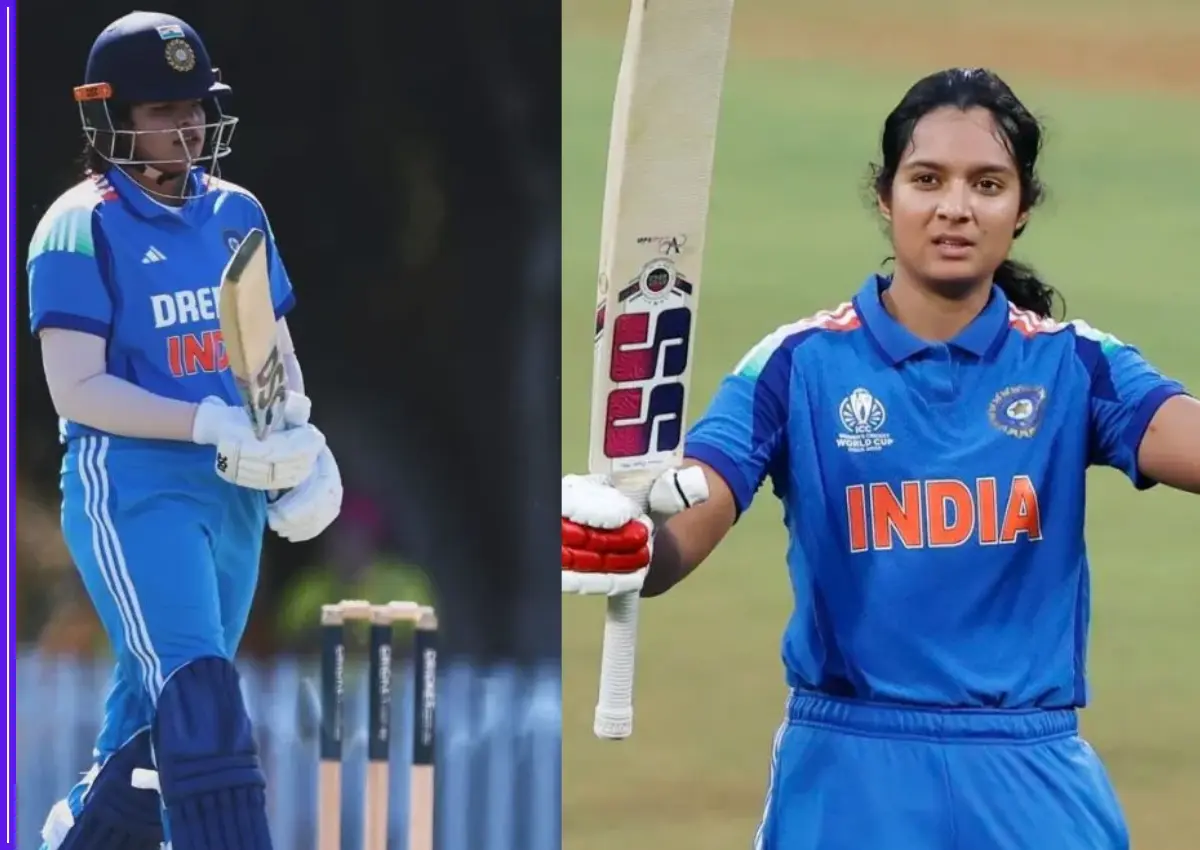Alimony or spousal maintenance is an economic arrangement in which one spouse offers financial support to the other after a divorce or separation, ensuring a reasonable standard of living for the dependent spouse. In a nation like India, alimony is designed to provide economic support to a spouse who lacks sufficient financial means post-divorce. Ideally, such laws benefit disadvantaged spouses—typically women—who are often economically weaker when a marriage ends.
However, the reality is more complex. While alimony can provide crucial support, it can also be misused. Sometimes, it is used not as a tool for justice but as a means to exploit wealth or power, leading to serious legal and emotional consequences. This dual nature of alimony—as both a shield and a sword—makes it a subject of constant debate in India.

Legal Framework
The legal framework governing alimony in India is laid out in various laws, including the Hindu Marriage Act (1955) and Section 125 of the Code of Criminal Procedure (CrPC). These allow a financially dependent spouse to seek maintenance after separation or divorce.
In the landmark 2020 case of Rajnesh vs Neha, the Supreme Court laid down guidelines to reduce disparities in awarding maintenance. It emphasized that maintenance must be reasonable, factoring in the husband’s income, the wife’s needs, and the couple’s standard of living during the marriage.
Why Is It Needed?
Alimony is essential to uphold the rights and dignity of the economically weaker spouse—often the woman—who may be left with little or no assets post-divorce. It offers economic stability, recognizes the non-financial contributions to marriage, and can help prevent poverty, especially for rural and illiterate women.

According to the 2021-22 National Family Health Survey, 29% of women aged 15–49 have no independent income, and 70% of them live in rural areas, depending solely on their husbands for money. The 2023 Periodic Labour Force Survey also revealed a stark gender gap in employment: only 25.4% of women are employed compared to 76.1% of men, further highlighting the vulnerability of women post-separation.
To prevent misuse and ensure fairness, the Rajnesh vs Neha ruling also directed both spouses to make full financial disclosures and considered lifestyle, income, and length of marriage while awarding alimony.
In Parvin Kumar Jain vs Anju Jain (2024), the court awarded a ₹5 crore lump sum to the wife after a 20-year separation during marriage. It considered eight factors including social standing, child custody, dependency, and reasons for unemployment. Such judgments underscore the role of alimony in sustaining dignity and equity.
For rural women, alimony becomes even more critical. In 2021, 41% of rural women were illiterate, severely affecting their employability. In a country where 45% of women leave their jobs to take care of families, alimony ensures a measure of financial justice.
However, this support must be used responsibly. In 2024, the Supreme Court warned against using alimony claims to simply equalize wealth, calling for restraint and thoughtful consideration in such cases.
Cases of Misuse
Despite its noble intent, alimony laws have also been misused. The Indian Supreme Court has often seen this overlap with Section 498A of the Indian Penal Code, which deals with cruelty by a husband or his family.
In Rinku Baheti v. Sandesh Sharda (2024), the court clarified that alimony should reflect the financial situation during the marriage—not the wealth earned later. It cautioned against using matrimonial laws as tools of extortion.
In a sensational 2024 case, a woman demanded ₹500 crore as permanent alimony from her NRI husband. She filed a Section 498A complaint against not only her husband but also his 85-year-old father. The Supreme Court intervened and reduced the alimony to ₹12 crore, noting the damage caused to the husband’s business and emotional well-being. This case illustrated the alarming financial and mental toll such misuse can have.
In January 2025, the Court further clarified that stringent laws are meant to protect, not to be used to chastise, intimidate, or extort men. It criticized the trend of clubbing multiple serious allegations like rape, criminal intimidation, and cruelty into one matrimonial complaint, calling it a suffocating “one bag package.”
In one tragic case, Atul Subhash, a techie from Bengaluru, was ordered to pay ₹40,000 in maintenance. His lawyer claimed the amount was excessive. Subhash later took his own life, raising haunting questions about how the emotional cost of alimony can sometimes be fatal.
Alimony remains one of the most contested areas of matrimonial law in India. Misuse of provisions—like the inflated ₹500 crore claim—contrasts sharply with the economic hardship faced by illiterate and rural women. For instance, only 25.7% of women work, and 29.6% of self-reported literate women are actually illiterate, according to recent data.
With 80% of women lacking financial literacy and many leaving the workforce for caregiving responsibilities, reforms in alimony law are essential. These reforms should include:
- Standardized calculation methods
- Mandatory mediation before litigation
- Programs to improve women’s financial literacy
Such steps can ensure that alimony supports the vulnerable while discouraging its use as a weapon.
Conclusion
Alimony in India is both a sword and a shield. While it offers vital financial protection to the economically weaker spouse, especially women, it can also cause immense harm if misused. It is crucial to find a balance—ensuring justice for the dependent spouse without unfairly punishing the paying one. The system must prioritize equity, dignity, and accountability so that alimony laws uplift rather than exploit.









